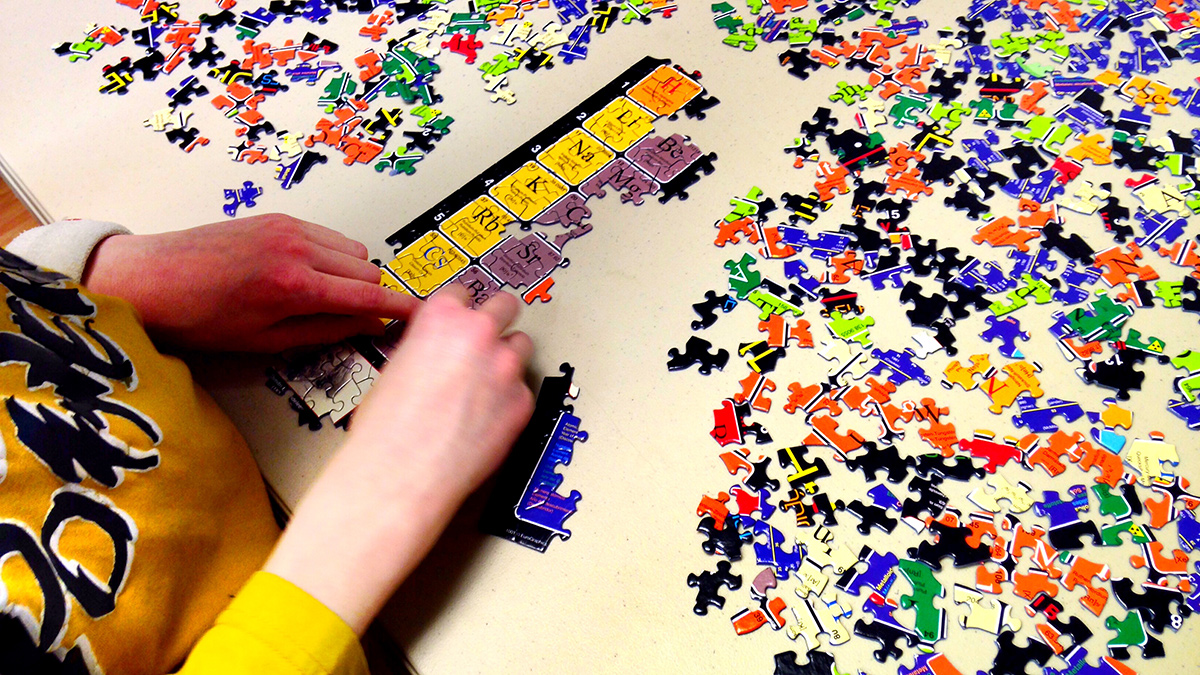This interactive periodic table shows what we use every element for
From fireworks to sprinklers

This is lovely. Artist Keith Enevoldsen has put together a beautiful interactive version of the periodic table that shows exactly what mankind uses every element for.
For example, you probably know that neon is used in advertising signs, and that lithium is found in batteries. But did you know that rubidium is vital to the global positioning system, or that vanadium is a vital ingredient of springs?
All that and more can be found on Enevoldsen's periodic table, along with information on every element's physical properties and some cute illustrations (but ugh, why Comic Sans?). You can even buy posters, prints and tshirts of the design if you like.
If that got you excited, there are a bunch of other great interactive periodic tables on the web too. The Royal Society of Chemistry has one that shows risks to supply, discovery information, name origins and way more for every element, while Ptable.com taps into Wikipedia to offer even more info.
In a Dream
Oh, and while we're talking periodic table, did you know that it dates all the way back to 1863 and was conceived of in a dream? That's right. Dmitri Mendeleev, a Russian chemist, invented it while putting together a textbook for a class he was teaching.
"I saw in a dream a table where all elements fell into place as required," he said, according to a friend. "Awakening, I immediately wrote it down on a piece of paper, only in one place did a correction later seem necessary."
By doing so, he not only created the first version of the modern periodic table that we use today, but also predicted properties of elements that weren't known at the time by spotting gaps.
Sign up for breaking news, reviews, opinion, top tech deals, and more.
Mendeleev died in 1907, and element number 101 - the radioactive mendelevium was named after him.
Image credit: David Mulder // CC BY SA 2.0
